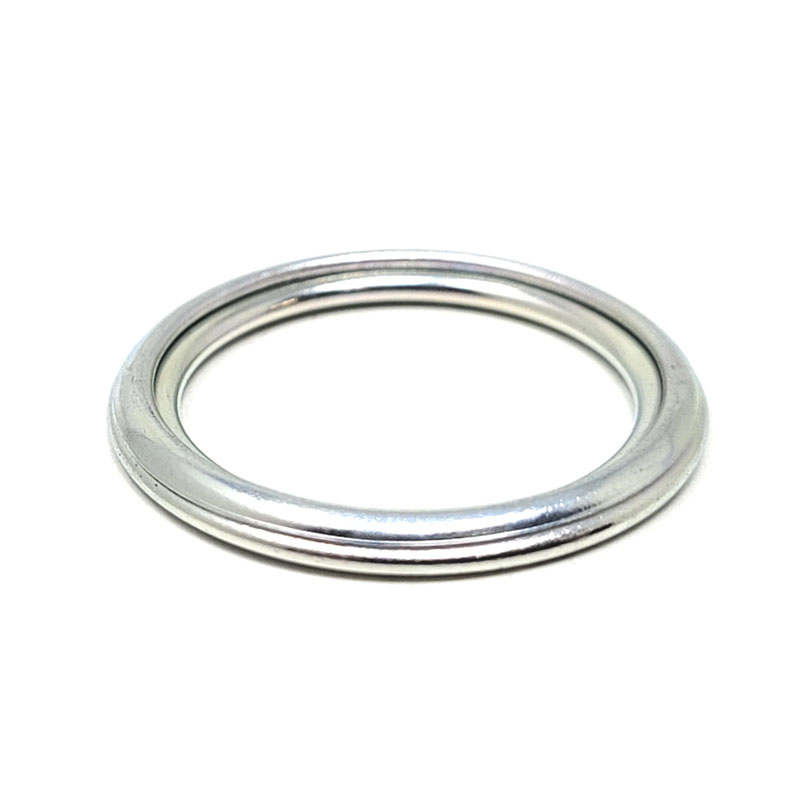Understanding the Function and Importance of Axial Shaft Seals in Machinery
Understanding Axial Shaft Seals Importance, Design, and Applications
Axial shaft seals are crucial components in various mechanical systems, ensuring efficient operation by preventing the leakage of fluids and contaminants. This article delves into the significance, design considerations, and applications of axial shaft seals, highlighting their role in enhancing machinery performance and longevity.
What is an Axial Shaft Seal?
An axial shaft seal, often referred to as a rotary seal or a shaft lip seal, is a device that forms a barrier between the rotating shaft and its housing. It is designed to close off one side of a rotating shaft, maintaining the integrity of fluids, whether they be lubricants or hydraulic fluids, while simultaneously preventing the ingress of dust, dirt, and moisture.
Typically constructed from elastomers or polymers, axial shaft seals are engineered to withstand varying pressure levels, temperatures, and speeds. Their effectiveness is largely due to their ability to accommodate radial movements and rotational motion, thereby creating a reliable seal that minimizes friction and wear.
Importance of Axial Shaft Seals
The significance of axial shaft seals can be observed in multiple areas
1. Preventing Fluid Leakage One of the primary functions of an axial shaft seal is to prevent the escape of lubricants or other fluids. This is essential for maintaining system efficiency, reducing the risk of component wear, and ensuring lubrication is adequately delivered to the necessary parts of machines.
2. Contaminant Protection In harsh operating environments, the ingress of dirt, dust, and moisture can lead to significant damage over time. Axial shaft seals act as barriers, protecting sensitive internal components from these external contaminants.
3. Enhancing Machinery Lifespan By minimizing leakage and preventing contamination, axial shaft seals contribute to the overall longevity of machinery. Maintaining optimal operating conditions reduces the frequency of maintenance and repairs, leading to lower operational costs.
4. Enhancing Performance The correct application of axial shaft seals can improve the performance of rotating equipment by maintaining proper fluid pressure and minimizing heat generation due to friction.
Design Considerations
When designing axial shaft seals, several factors must be considered
axial shaft seal

1. Material Selection The choice of material is critical, and it depends on the specific application requirements, including temperature, pressure, and chemical compatibility. Common materials include nitrile rubber, silicone, fluorocarbon, and polyurethane.
2. Sizing and Tolerances Precise sizing is essential for an effective seal. The seal must fit snugly around the shaft and within the housing to prevent leaks. Engineers must take into account the shaft diameter, housing bore, and operating conditions.
3. Dynamic and Static Sealing Axial shaft seals must be designed to accommodate both dynamic and static sealing. Dynamic sealing occurs when the shaft is rotating, while static sealing is required when the system is at rest.
4. Installation and Maintenance Proper installation is vital to ensure the effectiveness of the seal. Seals must be carefully installed to avoid damage, and regular inspections are necessary to identify signs of wear or failure.
Applications of Axial Shaft Seals
Axial shaft seals find applications across various industries, including
1. Automotive In vehicles, axial shaft seals are used to prevent oil leaks in engines, transmissions, and differentials, ensuring smooth operation and prolonging engine life.
2. Industrial Machinery Almost all industrial equipment that uses rotating shafts, such as pumps, compressors, and electric motors, employs axial shaft seals to retain lubricants and protect against contamination.
3. Aerospace High-performance axial shaft seals are used in aerospace applications, where they must withstand extreme temperatures and pressures while maintaining reliability.
4. Marine Applications In boats and ships, axial shaft seals prevent seawater from entering the engine compartment, protecting vital mechanical components.
Conclusion
In conclusion, axial shaft seals play an integral role in various mechanical systems, ensuring that machines operate efficiently and reliably. By preventing fluid leakage and protecting against contaminants, these seals enhance performance and longevity, making them essential components in automotive, industrial, aerospace, and marine applications. With careful consideration of design, material, and application, axial shaft seals can significantly improve the reliability and effectiveness of mechanical systems.
-
Understanding the Front Main Engine Seal: Purpose, Maintenance, and Installation
News Jul.29,2025
-
Understanding O-Rings and Seal Rings: Types, Applications, and Custom Solutions
News Jul.29,2025
-
Understanding Crankshaft Oil Seals: Rear Seals, Pulley Seals, and Their Role in Engine Integrity
News Jul.29,2025
-
The Importance of Front and Rear Crankshaft Seals in Engine Performance and Oil Management
News Jul.29,2025
-
Crank Oil Seals: Functions, Types, and Cost Considerations in Engine Maintenance
News Jul.29,2025
-
A Comprehensive Guide to O-Rings and Seals: Types, Materials, and Global Applications
News Jul.29,2025
-
Mastering Diesel and Performance Engine Maintenance: A Guide to Critical Oil Gaskets
News Jul.28,2025
Products categories















